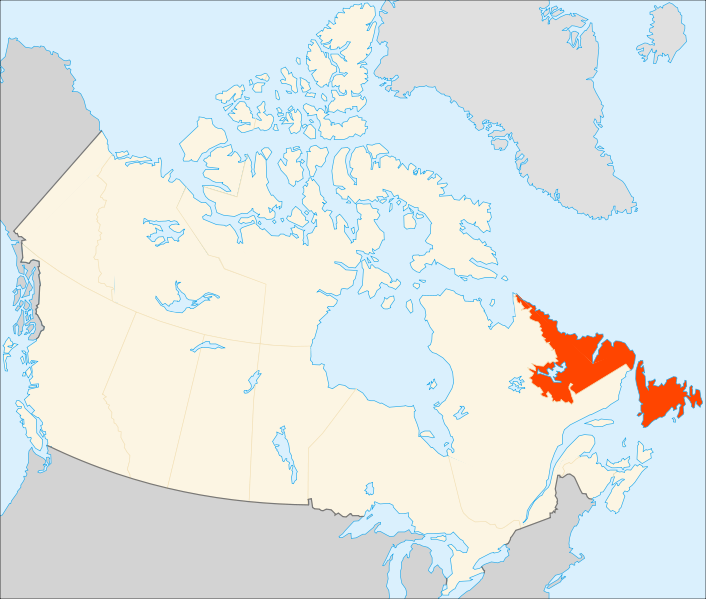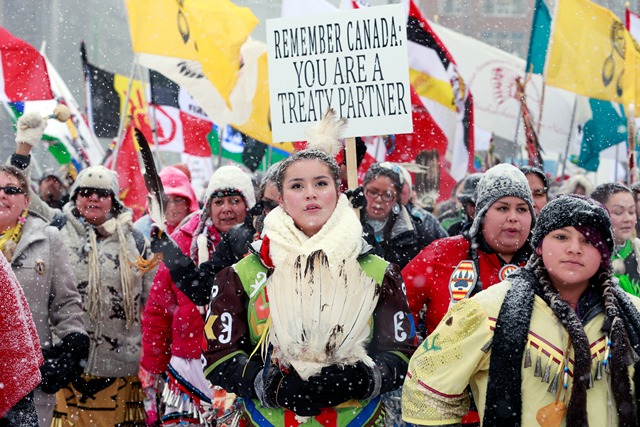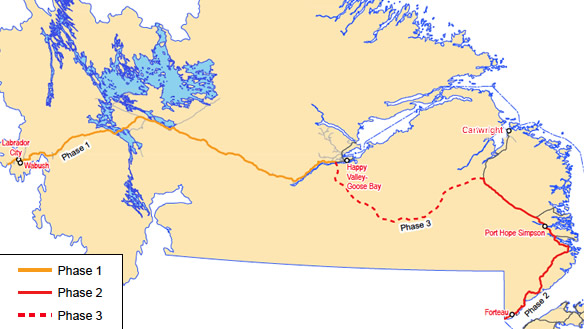Most Americans know little about Labrador and have only a vague idea of its location. That was the case with me until 2006 when Elaine and I planned a trip to Newfoundland and we began learning more about Atlantic Canada. The Labrador region of the Province of Newfoundland and Labrador comprises the most easterly portion of the Canadian mainland, carving out an area almost the size of Nevada from the Province of Quebec. Prior to joining Canada in 1949 Labrador was a British colony and then a Dominion.
Although Labrador is large geographically, its population is small with just over 40,000 residents. Happy Valley – Goose Bay is the largest community with just over 7,000 residents. Labrador’s population includes many Aboriginal peoples comprised of members of the First Nations (formerly called Eskimo), Inuit (formerly called Indian), and Metis (descendents of marriages between Europeans and First Nations peoples).
The eastern portion of Labrador along the east coast was settled largely by Aboriginal peoples. The Western portion was settled more recently by people of European descent, mainly Canadians. Labrador City was founded to support iron ore mining in the area, Churchill Falls is the location of a large, controversial hydroelectric power station that resulted from multiple dams being constructed along the Churchill River, and Goose Bay resulted from the installation of a large Canadian Airforce Base.
The completion of phase 3 of the Trans-Labrador Highway in 2000 linked Happy Valley – Goose Bay in the west with Cartwright and the settlements along the Atlantic coast, making it possible for the first time for residents of eastern Labrador to travel by land to the rest of mainland Canada. Prior to that the Atlantic communities were accessible only by air or ferry service. The completed road is already having a major impact on transportation and shipping to eastern Labrador, replacing the long and costly route across Newfoundland and the other Maritime Provinces that included two ferry trips to reach the major economic and population centers of mainland Canada.


